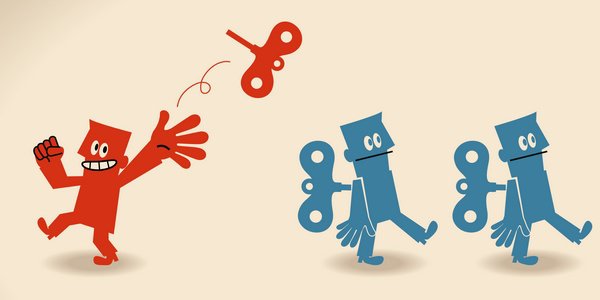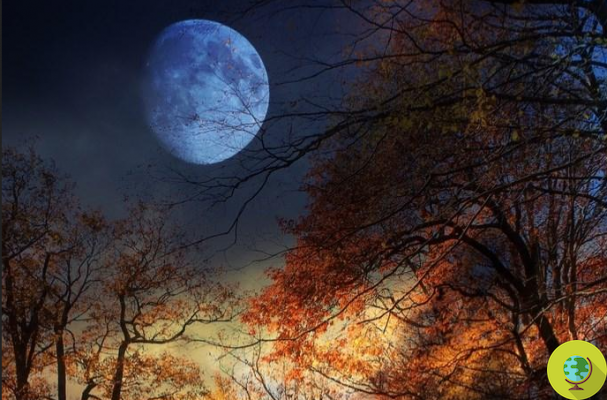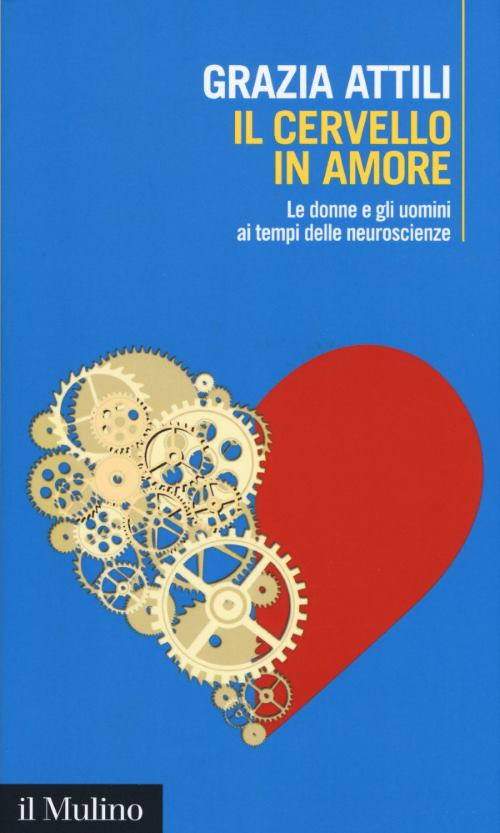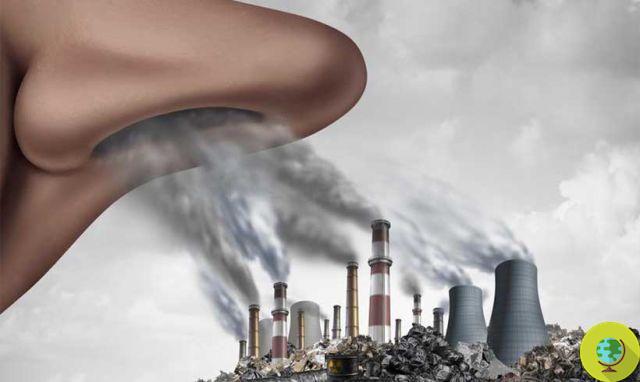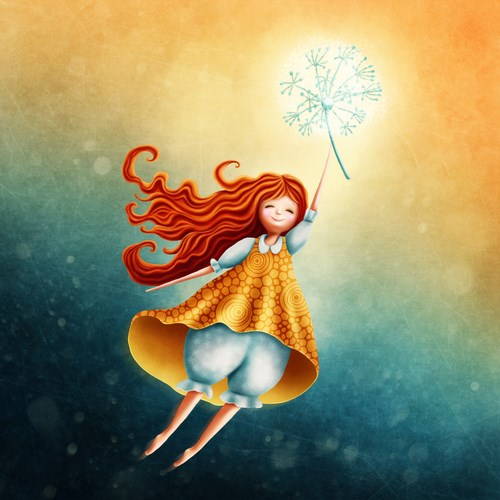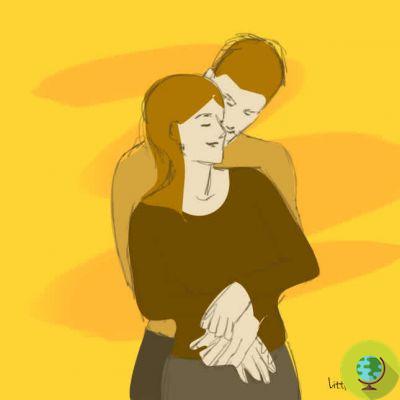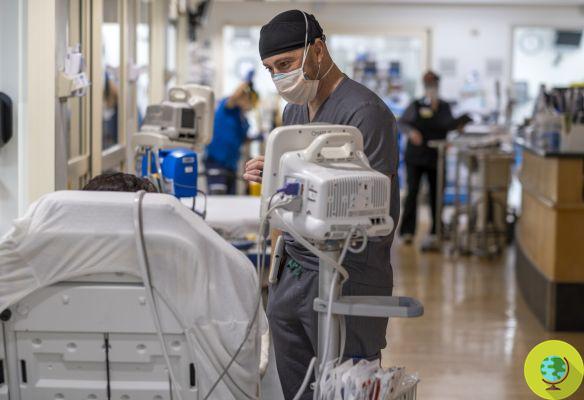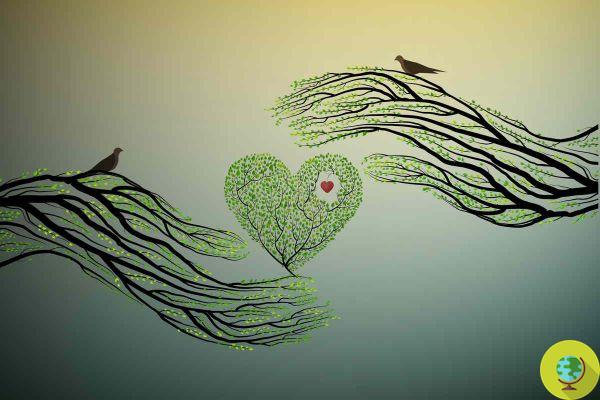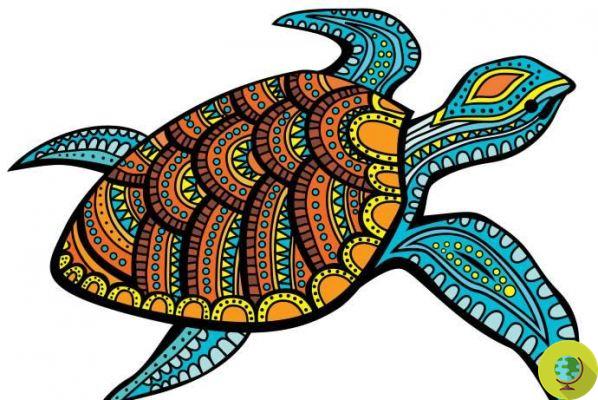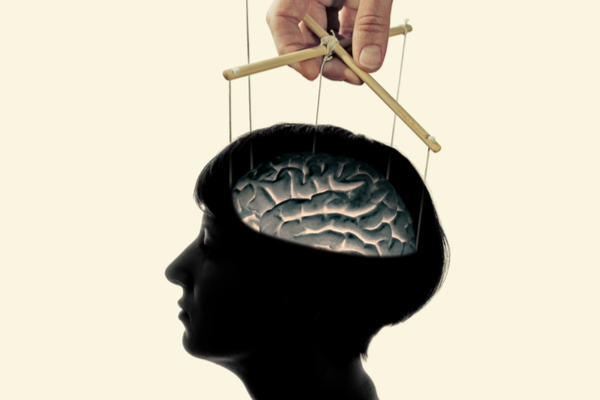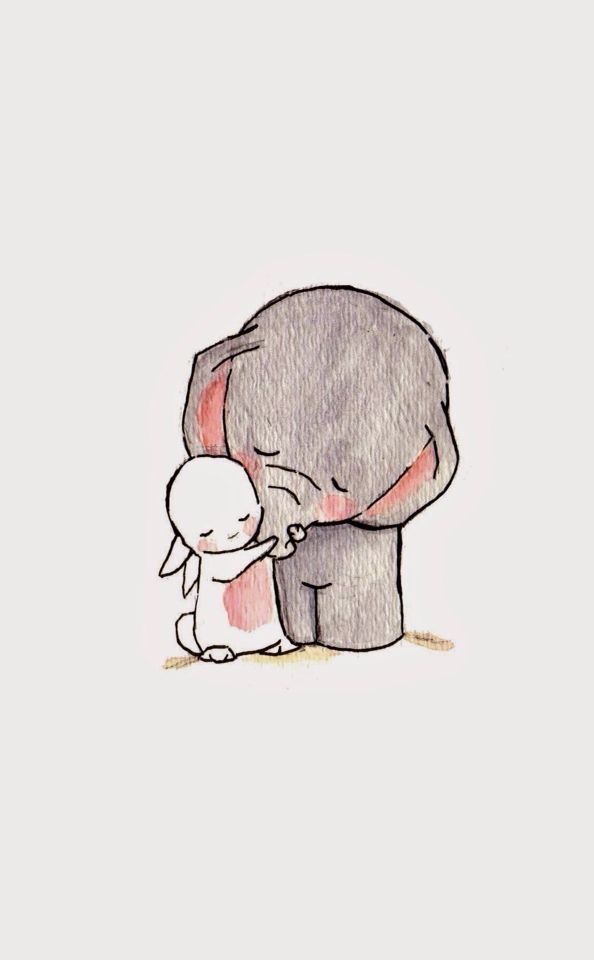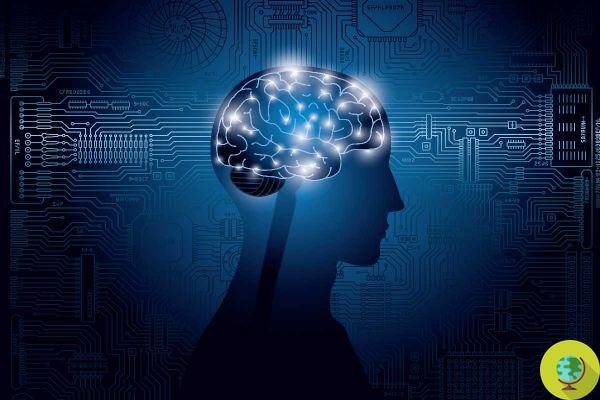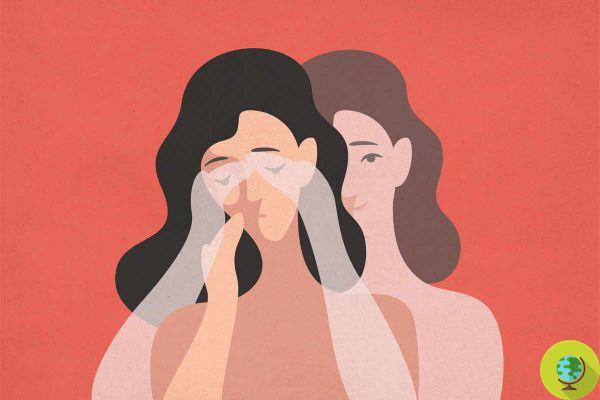Each hug has a meaning: a psychologist has drawn up a ranking of hugs and their meaning in non-verbal communication.
THEembrace it is exceptional non-verbal form of language and the way we embrace each other has a specific meaning. Psychologist Arturo Torres has compiled a ranking of hugs, grouping them into eight categories. According to the psychologist, they exist eight different types of hugs and each hug carries a different message. In this article we will look at eight types of hugs and their meanings.
Index
Hug between colleagues

THEhug between colleagues or companions it is a type of hug that does not require any particular trust or affinity between the protagonists. It's the kind of hug they give each other colleagues after completing a complicated task or after closing a deal, or between teammates or study mates.
Similar more to a pat on the back than to a real hug, it does not involve a closeness of the heads and does not cause intense sensations. It is in any case a hug that allows you to strengthen bonds in the workplace and in sport.
Side hug
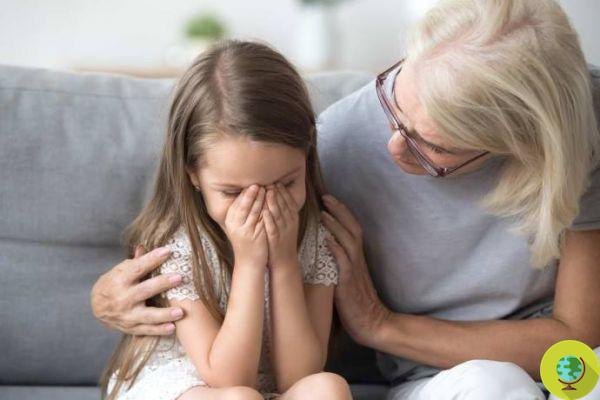
The classic hug given when we want to console someone and offer support: to do this, we surround the other person's shoulders with one arm.
In this type of hug we communicate affection, tenderness, warmth, we want the other person to feel our closeness and to know that they can count on us.
The classic hug
In 'classic hug the level of intimacy rises: the bodies are close to each other and the heads are close. Generally it is a short hug, lasting a few seconds and which occurs when you greet someone or when you meet a person who has not been seen for a long time.
It is however a intimate hug which can happen between two partners but also between dear friends and relatives to whom we are particularly attached.
Dancing hug
This hug is similar to a dance step: one of the two clasps his arms at the level of the nape of the other, who surrounds his partner at the level of the waist and lifts him making him do a short turn.
This is a hug that normally happens between pairs intimate and close-knit, generally in moments of intense happiness and complicity.
Visual hug
In the embrace in which a eye contact indicates a lot of closeness, affection and complicity. It is an intimate embrace in which it exchange of glances prevails over physical contact and expresses a deep connection and physical and emotional involvement.
Asymmetrical hug
THEasymmetrical hug occurs when two people are not at the same height or are not involved in the hug at the same time. It occurs for example when one of the two hugs the other from behind. In this embrace, there is desire for intimacy on the part of the one who embraces and the contact takes on a passionate and erotic connotation.
Distant hug
Hugging isn't always comfortable. In the'distant embrace the two bodies are far apart and this can mean the presence of conflicts or the lack of sincere love between two people.
In the distant embrace there is no intimacy and the hug is emotionally uninvolving.
Violent hugs
Unfortunately, the hug is not always a symbol of affection, love or closeness. In fact, they also exist violent hugs, characterized by aggression and anger. They are very close and intense hugs, where unfortunately the emotions involved are not positive.
These hugs happen for example during a quarrel, as happens in a fight in a ring.
About the hug you might also be interested in:
- The hug? The best (free) therapy after a fight
- The containing embrace of the Holding method to calm children
- 10 benefits of a hug
- Babies need 12 hugs a day to grow up happy and smart




